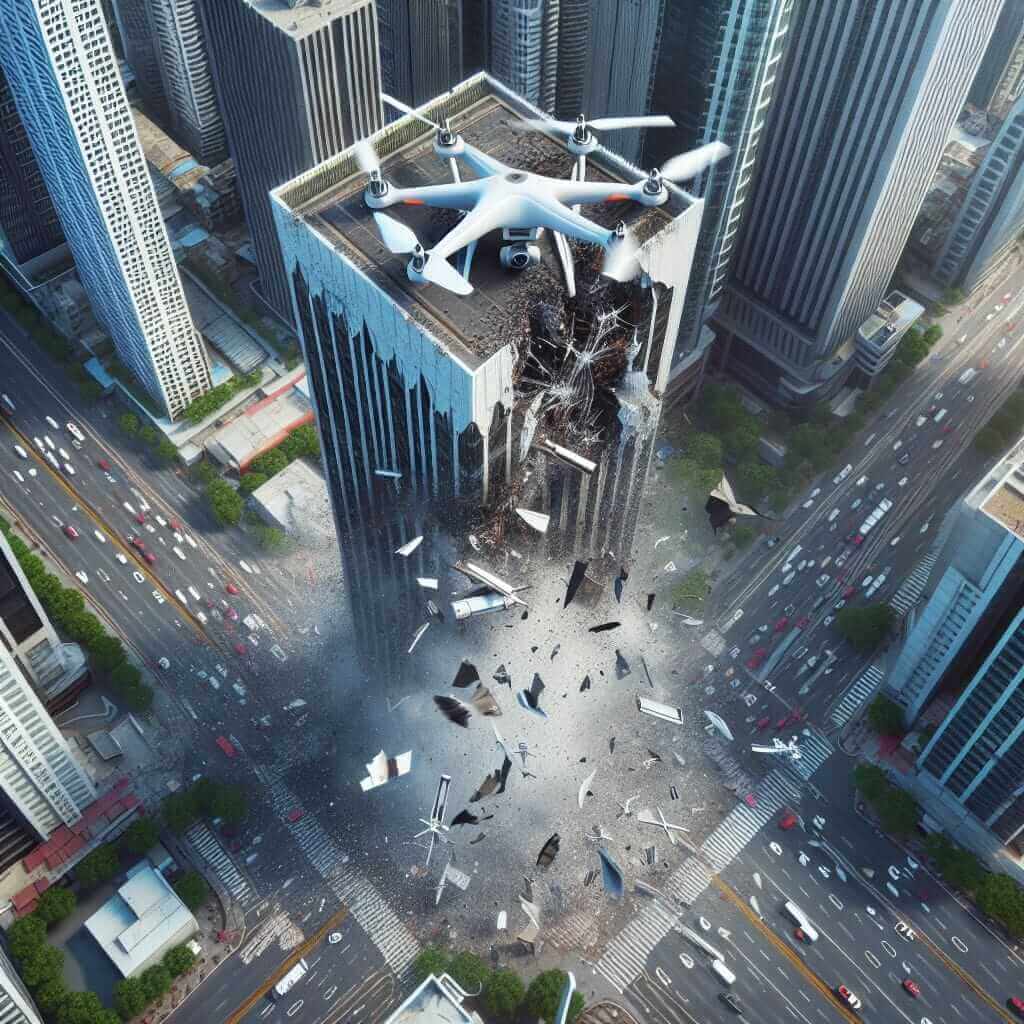The IELTS reading section is designed to test a candidate’s ability to read and understand various types of texts. This article will focus on creating a reading practice passage related to the challenges of regulating the use of drones in public spaces. Given the increasing popularity and usage of drones, this is a highly relevant and timely topic that may appear in future IELTS reading tests. The passage will mimic the structure and complexity of actual IELTS texts to provide a useful practice resource.
Reading Passage Practice:
The Challenges of Regulating Drone Use in Public Spaces
Drones, or unmanned aerial vehicles (UAVs), have significantly evolved over the past decade. Initially designed primarily for military use, their applications have expanded into various civilian sectors, including photography, delivery services, and agricultural monitoring. However, the proliferation of drones in public spaces has introduced several regulatory challenges that governments and authorities must address.
First and foremost, privacy concerns are at the forefront of the regulatory debate. Drones equipped with high-resolution cameras can easily capture images and videos of people without their consent, raising significant privacy issues. The ability of drones to hover and enter spaces that are typically private adds another layer of complexity. Authorities face the dilemma of balancing the benefits of drone technology with the need to protect individual privacy.
Safety is another critical issue. The presence of drones in heavily populated areas or near airports can pose significant risks. There have been numerous reports of near-collisions between drones and commercial aircraft, highlighting the potential danger. Moreover, the operation of drones in public spaces can lead to accidents involving people on the ground, causing injuries or damages.

In addition to privacy and safety, airspace management presents a considerable challenge. The skies are already congested with commercial and private aircraft, and the introduction of drones adds to this complexity. Defining clear airspace regulations for drones that avoid conflicts with existing air traffic while still enabling their beneficial uses requires sophisticated solutions and international cooperation.
The enforcement of regulations also poses significant difficulties. Monitoring and controlling the vast number of drones in public spaces is no easy task. Traditional law enforcement mechanisms may lack the technology or expertise to adequately track and regulate drone activities. Potential solutions such as drone identification systems or geofencing (restricting drones from flying in certain areas) are being explored but are not without their limitations.
Finally, there are ethical considerations. The potential for drones to be used in invasive or harmful ways necessitates a careful consideration of ethical principles in their regulation. Factors such as the operator’s responsibility, accountability, and the acceptable limits of drone usage need to be clearly defined.
In conclusion, while drones offer numerous benefits and have become an integral part of modern technology, the challenges of regulating their use in public spaces are manifold. Authorities must navigate the intricate balance between innovation and regulation to harness the positive aspects of drones while mitigating the associated risks.
Questions:
Multiple Choice
-
What is a primary reason for privacy concerns related to drone use?
a) Drones can capture images and videos without consent.
b) Drones are mainly used in military operations.
c) Drones are expensive to operate.
d) Drones are difficult to fly. -
What issue is highlighted by near-collisions with commercial aircraft?
a) Privacy
b) Safety
c) Ethical considerations
d) Airspace management
Identifying Information (True/False/Not Given)
- Drones have only been used for military purposes.
- Geofencing is a current solution being explored to regulate drone activity.
- There are no ethical concerns related to the use of drones.
Matching Headings
- Match the following headings with the correct paragraph.
a) Privacy Issues
b) Safety Concerns
c) Airspace Management
d) Enforcement of Regulations
e) Ethical Considerations
Sentence Completion
- The potential for drones to be used in invasive or harmful ways necessitates a careful consideration of ____.
- Authorities must balance innovation and ____ to regulate drone use effectively.
Answer Key:
Multiple Choice
- a) Drones can capture images and videos without consent.
- b) Safety
Identifying Information (True/False/Not Given)
- False
- True
- False
Matching Headings
-
- Privacy Concerns (Paragraph 2)
- Safety (Paragraph 3)
- Airspace Management (Paragraph 4)
- Enforcement of Regulations (Paragraph 5)
- Ethical Considerations (Paragraph 6)
Sentence Completion
- ethical principles
- regulation
Common Mistakes:
- Misinterpreting the context of questions, leading to incorrect True/False/Not Given responses.
- Failing to match headings due to misunderstanding the main idea of paragraphs.
- Missing nuanced details that affect Multiple Choice answers.
Vocabulary:
- Proliferation (noun) /prəˌlɪfəˈreɪʃən/ – rapid increase in numbers
- Congested (adjective) /kənˈdʒɛstɪd/ – overcrowded; full of traffic
- Geofencing (noun) /ˈdʒiːəʊˌfɛnsɪŋ/ – the use of GPS to create virtual boundaries
Grammar:
- Relative clauses: Used to provide additional information about a noun, e.g., “Drones, which are equipped with high-resolution cameras, can capture…”
- Modal verbs: Indicate likelihood, ability, permission, or obligation, e.g., “Authorities must navigate the balance…”
Conclusion:
Effective practice is essential for achieving a high score in the IELTS reading section. By engaging with relevant, timely topics like the regulation of drone use in public spaces, candidates can better prepare for the diversity of texts they may encounter in the actual exam. Focus on understanding the passage, identifying key information, and paying attention to vocabulary and grammar for the best results.